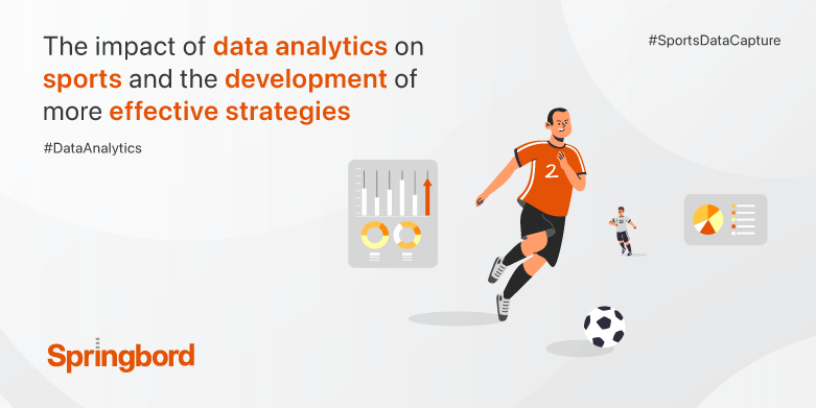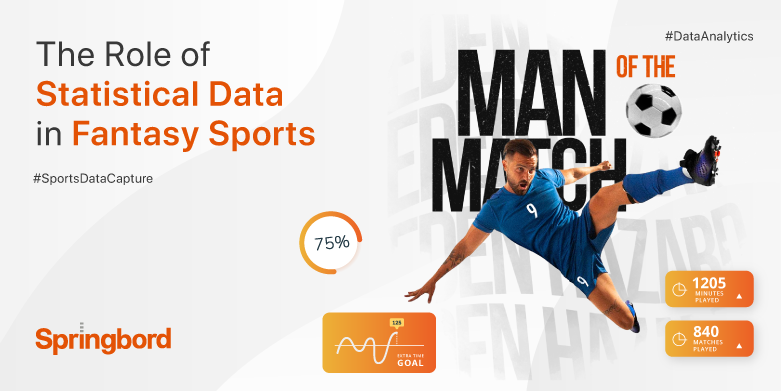 Read time 2 min
Read time 2 minData analysis in sports has progressed well beyond traditional sabermetrics and in-game metrics. Several sporting groups benefit from it in various ways.
Here are some of the ways that analytics have been (and will continue to be) recognized globally in the industry.
1. Enabling Victory for Teams
Currently, teams can utilize analytics tools to digitally watch game footage from several games. If you want to increase your chances of success, data analytics can provide you with a glimpse into the future.
With these insights in mind, groups may bring their finest efforts out of everyone involved.
2. Predicting Injuries
The risk of injury to players is always present throughout the game. This can be determined in large part by observing the athletes’ body language and technique of competition.
As a result, deep learning algorithms, such as Convolutional Neural Networks (CNNs), aid in comprehending the positions and methods.
3. Player evaluation
The use of Machine Learning (ML) methods like cluster analysis and statistical analysis streamlines and simplifies the scouting process for players.
These methods aid in spotting suitable individuals by taking a data-driven strategy.
4. Player assessments and improvement
The value of a player can be raised by in-depth analysis to develop effective training plans and regimes.
Positive and negative feedback on a player’s performance in games and practices might help them improve.
5. Change in Season Ticket Holders
It’s more cost-effective to keep season ticket holders who have already invested in your event than to try to attract new ones. Predicting churn and understanding why customers leave is now important for sports businesses looking to maximize their return on investment.
Factors impacting churn include poor performances on the field, low game attendance, and disinterested customers. Logistic regression-based churn prediction models can pinpoint the most likely to leave season ticket customers. Efforts to keep customers through advertising and discounts can assist bring down turnover rates.
To further analyze the effect of a campaign on a consumer, we can use statistical methods like hypothesis testing with Paired T-tests.
6. Updating the Data in the Back Office
Smart data analysis in sports is one way that businesses can use sophisticated analytics technologies to boost Human resource procedures and Customer relationship management. Teams and organizations may optimize the customer experience and increase revenue by making strategic decisions about their main products and services.
Procurement, supply-chain management, and logistics are just a few examples of where these types of analytics can aid in improving a company’s operations.
To get the greatest possible outcomes, a team needs to have the best possible team, and often the best and most strategically significant players are neglected. It’s no secret that sports analytics is going to alter the sports industry in the future, and this is why it’s being embraced by so many fans.
Conclusion
As the sports data analytics market grows rapidly, many organizations are allocating resources to the field. Profits are extremely high for them. The goal is to create machine-based models to handle things like player tiredness, injuries, scouting, match analysis before and after, coach selection, and other similar tasks.
Because of the proliferation of data and high-tech tracking systems in sports, it is expected that the industry’s need for data analysts would grow exponentially. Data analytics is helping to create new industries, such as those involving wearable technology, gambling, insurance, and more.
When it comes to data analytics, Springbord is one organization that has the expertise and tools necessary to deliver results.







